We're a few weeks away from the fireworks associated with New Year's celebrations, but that doesn't mean you can't start a little early — in augmented reality.
The team at Weta Workshop, recently released a small immersive game called Boosters that they created for a little office fun, so we decided to take it for a spin to see how it works and found a couple of cool surprises.
The game was developed by the same team behind Dr. Grordbort's Invaders, which explains its steampunk look and whimsical approach to game mechanics.
Unlike Dr. Grordbort's, Boosters isn't a multi-layer story with various characters and scenarios. Instead, it's more of a snapshot from the Grordbort's world, with a simple interaction that's more geared toward blowing off a bit of steam rather than focusing on a deep game narrative.

The title is also a great example of the Magic Leap One's ability to execute real-time meshing, which uses the device's sensors to detect walls, floors, and furniture.
This dynamic allows the virtual objects in the game to convincingly interact with (or resist) the real world in a way that enhances the feeling of realism.

Launching the rocket might seem easy (based on the promotional videos), but the physics of the game are actually a bit difficult to master. I spent about 15 minutes doing test runs before I could successfully get the rocket to fly off its launchpad without immediately crashing into a nearby wall or floor.
But once you solidify your flight skills, the next challenge is learning how to navigate toward the asteroids that will deliver game points.

And while launching the rocket without crashing was a challenge, it turns out that steering the rocket also takes some practice -- it's not as simple as just pointing the Control device in the right direction.
For this game, the Weta Workshop team took another approach that forces you to put your full body (arms outstretched, back craning) into manipulating the rocket toward the correct trajectory.

Aside from onlookers giving you an extra "WTH?" look, the navigation dynamic works to make the relatively simple game a bit more interactive.
And when your rocket does crash into a structure, you'll feel it via haptic feedback in the Control device. It's a flinching moment that looks particularly odd when you're already contorted into a strange, body-steering position. But this is not a bad thing — the game is fun.

Initially, the Weta Workshop team considered allowing users to control the rocket using hand tracking, but this Control device-based dynamic works just fine (although I'd like to see the hand tracking version as well).

Later, scrolling through the game's menu, I noticed something unexpected — a giant rocket option! The game's normal, difficult-to-steer rocket is about a foot tall, so it was hard for me to imagine a giant version. But when I tapped that option, the rocket immediately transformed into a life-sized rocket (big enough to fit a human body) that extended through the ceiling of my office.
Of course, I had to see if this beautifully weird spacecraft was actually flyable outside, so I made my way to New York City's Central Park to give it a try.

As I've demonstrated before, although Magic Leap One experiences aren't optimized for outdoor use in terms of viewing virtual objects versus natural light, it is possible.
In this case, I was blessed with an overcast day and a dense grove of Central Park trees.

Amazingly, despite a rather stubborn sun beaming through the heavy clouds, I managed to get tracking working, set up the launch pad, and launched the rocket into the city's sky. This isn't the ideal way to play with the giant rocket, but if you don't have a massive shopping mall at your disposal, launching the rocket outside can work.
Because of its simplicity, it's fairly obvious that the developers behind Boosters didn't intend for this to be a major gaming title, but as a proof of what's possible with real-time mesh tracking for other gaming and enterprise uses, this is a powerful example of the kind of immersive apps that will be possible on the Magic Leap One (or, Magic Leap 1) in the coming months and years.
Just updated your iPhone? You'll find new features for Podcasts, News, Books, and TV, as well as important security improvements and fresh wallpapers. Find out what's new and changed on your iPhone with the iOS 17.5 update.
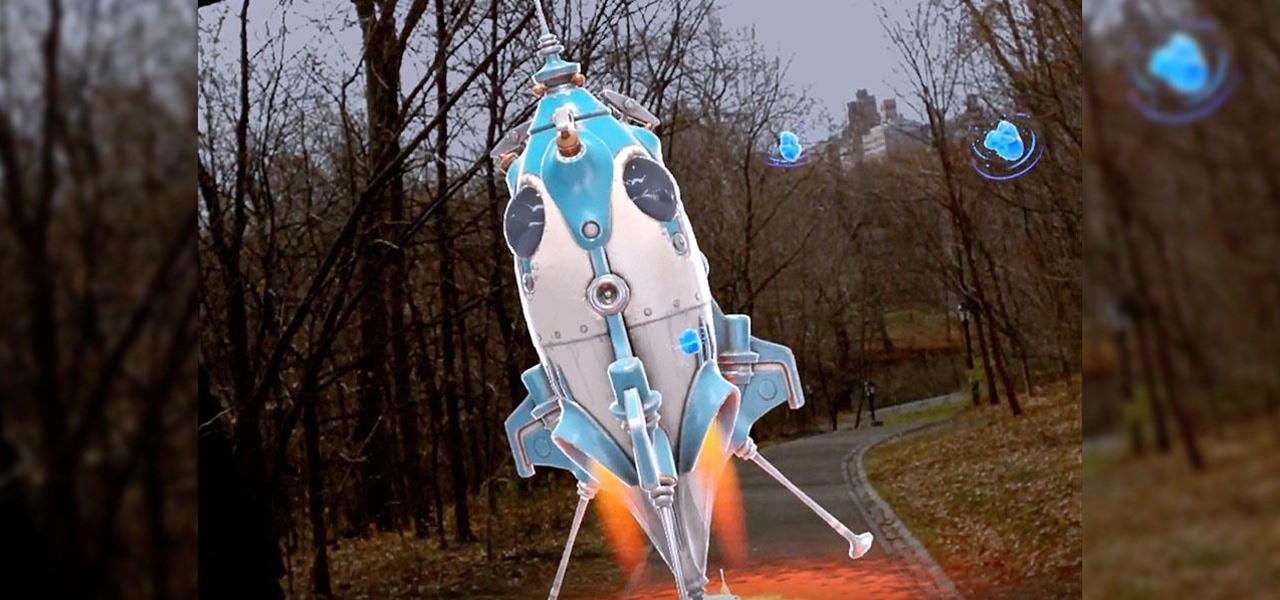





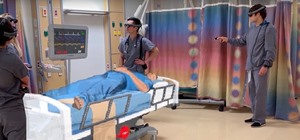



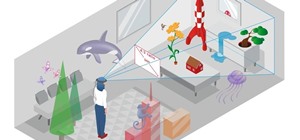
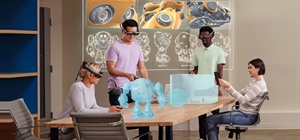

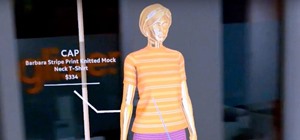

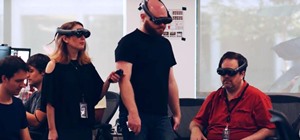
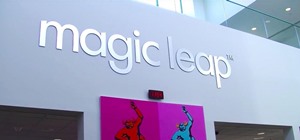
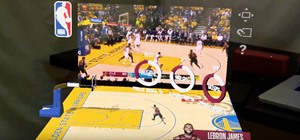

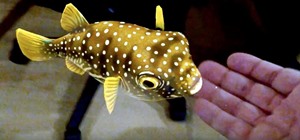
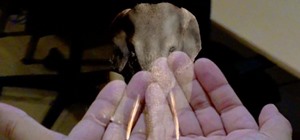
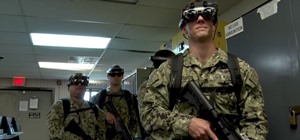
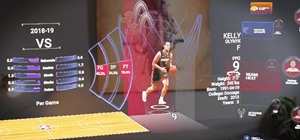



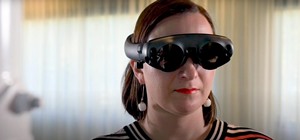
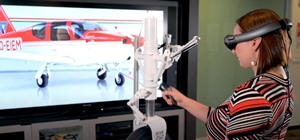

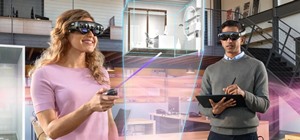


Be the First to Comment
Share Your Thoughts